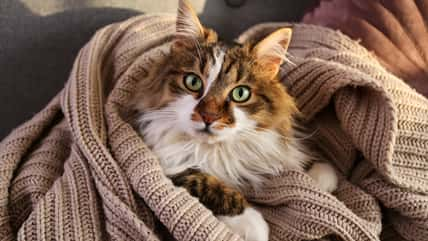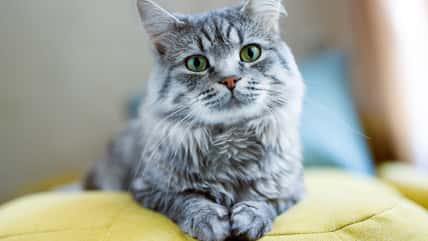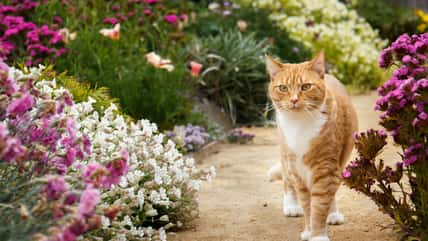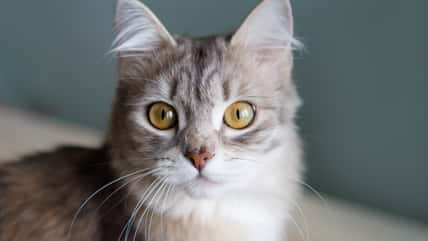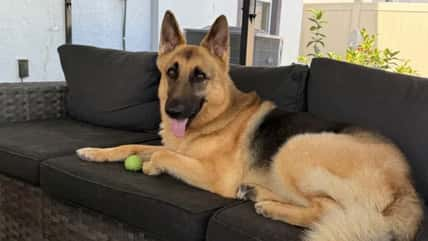Hundreds Of Koalas Were Shot From Helicopters Following A Bushfire, And Authorities Say They Did It Out Of Compassion

For the first time in the history of Australia, hundreds of koalas were killed from the air to minimize their suffering after a bushfire. Now, Australian authorities are facing criticism for the decision.
Between 600 and 700 koalas in Budj Bim National Park in southwest Victoria were euthanized by officials shooting at them from helicopters.
The marsupials were culled because they were suffering from the effects of a bushfire that devastated the region in early March, after a bolt of lightning struck the landscape.
Many koalas endured burns, injuries, and smoke inhalation during the blaze, which burned around 5,436 acres. The fire also destroyed a lot of manna gum trees, the animals’ primary food source. In addition, the area is experiencing a drought.
As a result, authorities determined that many koalas living in the national park needed to be euthanized. They worked with a veterinarian, wildlife caretakers, and animal welfare experts to come to this decision.
“The options were to just leave them to deteriorate or take proactive steps to reduce suffering by using aerial assessments,” said James Todd, the chief biodiversity officer for Victoria’s Department of Energy, Environment, and Climate Action.
The koalas were killed by shooting them from helicopters, as other methods were not suitable. The animals were impossible to reach on foot since they live high in the trees, and the area’s rugged terrain made it difficult to traverse. Officials also had concerns about the risks of falling trees.
A veterinarian examined the bodies of euthanized koalas during the initial trial of the aerial culling method and confirmed that they were in bad shape before their deaths. Based on the conditions, authorities resolved that aerial shooting was humane.
Authorities in helicopters used binoculars to count roughly 2,200 koalas. They were able to fly within about 100 feet of the marsupials.
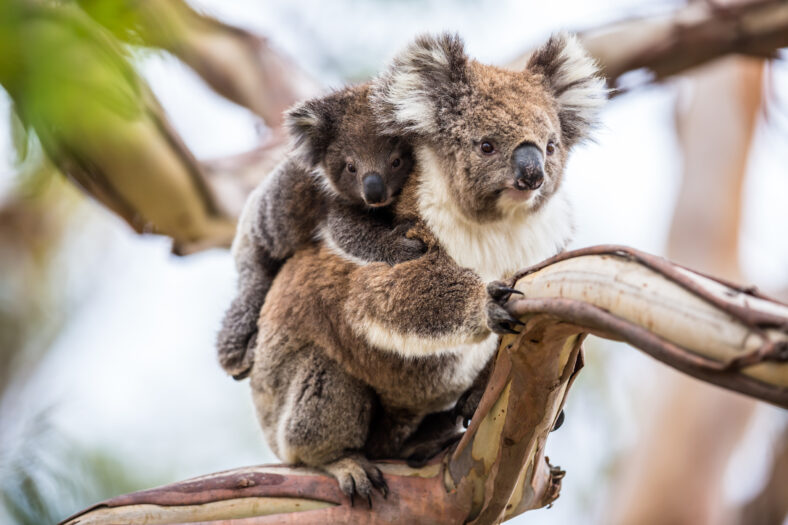
Sign up for Chip Chick’s newsletter and get stories like this delivered to your inbox.
“What we found…is that a lot of animals are not reacting at all to the aircraft. They’re showing lots of signs of burnt and singed fur. They’ve got brown, scruffy, and matted fur, or missing fur. And they’ve got high levels of non-traditional behavior,” Todd said.
“So, there were lots of koalas, for example, clustered in trees that have no canopy, and they’re very close to each other. So, all that is saying is that those animals are in a very poor state of health and prolonging their suffering will only just lead to more animal welfare issues.”
However, critics question whether aerial culling was the right choice and why government officials didn’t try harder to rescue the koalas. They are worried that baby koalas might be orphaned and must now fend for themselves.
Wildlife advocates also argued that observing the creatures through binoculars was not a reliable way to accurately gauge their health and well-being. Furthermore, the aerial shooting does not guarantee that koalas will be killed. They could just get injured and suffer even more.
Others pointed out that officials could’ve delivered supplementary food to the koalas while the forests recovered from the bushfire.
The species and its habitat have long been mismanaged, and some say the aerial culling is another example of that mismanagement. Hopefully, the future will be more positive for these creatures.
More About:Animals
